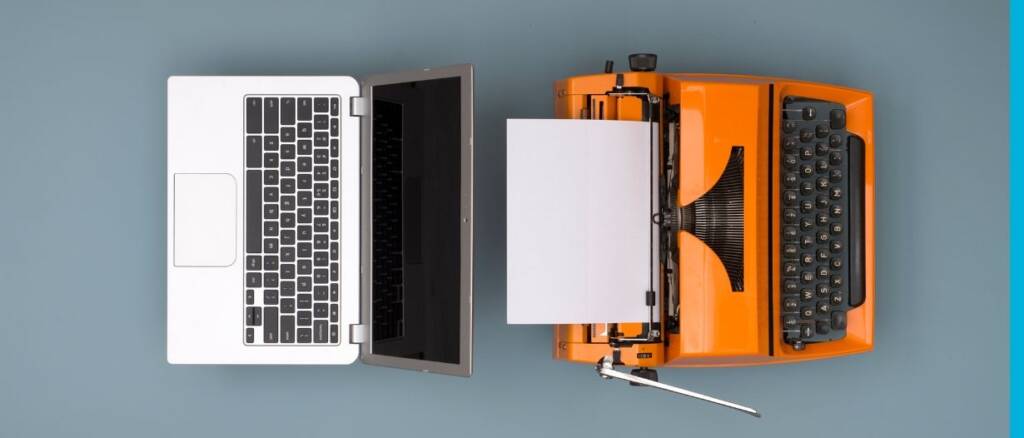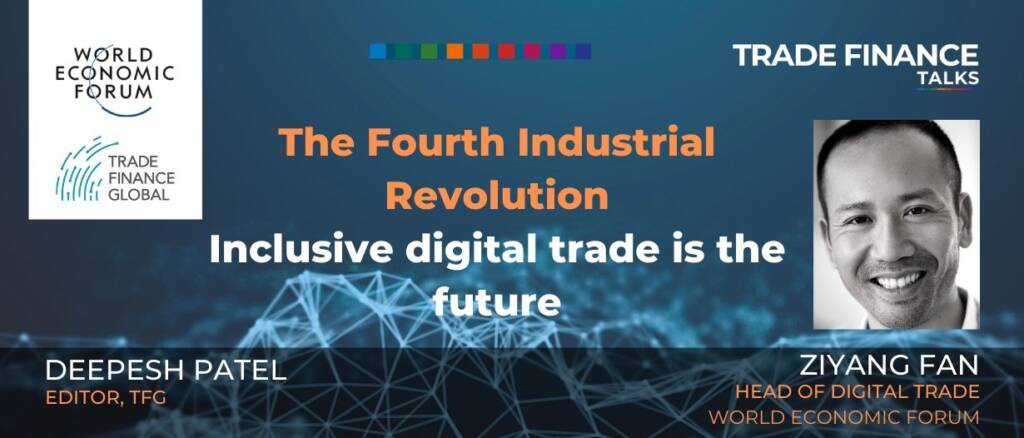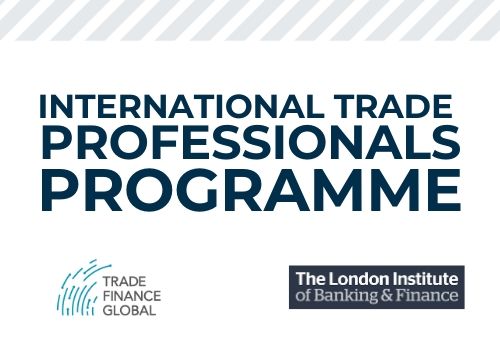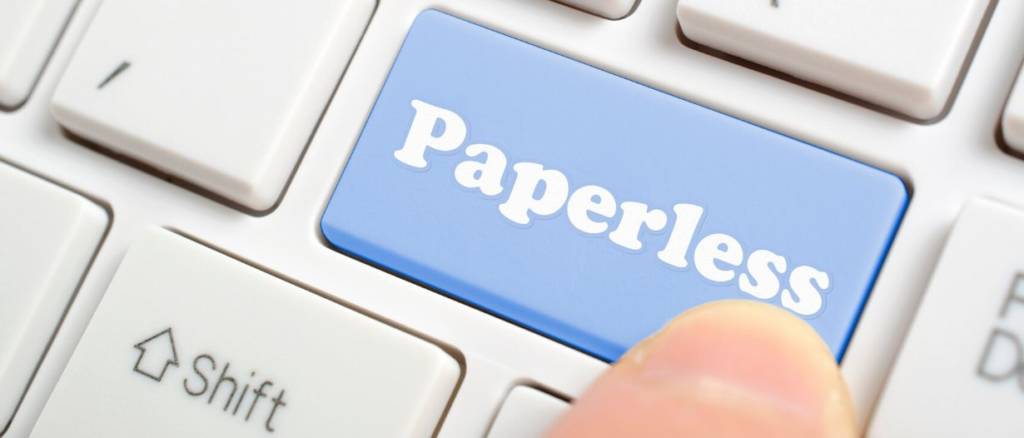Trade Transactions are NOT complex, we only make them so…
For hundreds of years we have accepted that trade transactions are inherently complex and not understandable or doable by the average joe. The challenge is formidable for each transaction, requiring the management of 24 or more transaction documents, 12 or more people, 6 or more companies, 2 or more countries, trains, planes and ships, local laws and customs requirements in 175 countries, and to top it off, different 1st languages between the parties. The complexity of an average trade transaction is a given fact. However, the many documents, players and countries is not what gives the transaction its complexity; rather it is the lack of face to face communication between the parties. ePlatforms coming on line in the present and post Covid world are tackling trade transactions with three under utilized tools;
- video conferencing;
- digital documents; and
- commonly accepted guidelines and procedures.

How The “old maids” game is played today
There are hundreds of commercial trade banks that issue, advise, negotiate, reimburse and confirm millions of documentary letters of credit issued under the ICC Uniform Customs and Practice for Documentary Credits, UCP 600, annually. There are hundreds of commercial trade banks that perform millions of documentary collections under the ICC Uniform Rules of Collections, URC 522, annually. However, not a single bank in 175 countries allows a video conference call between a bank officer and their applicant or beneficiary. This happenstance fosters the biggest and most expensive “old maids” game on the planet. The 1st old maid (old person to be politically correct) tells a second old maid, who tells another, and then another, and finally tells the last old maid in the string the original message. The party fun is comparing the original input message with the final output message.
The banking version of this parlor game starts with:
- the beneficiary (seller) of a documentary letter of credit telling the applicant (buyer) the terms and conditions he requires in a letter of credit that supports the buyer’s purchase order for goods and services.
- The applicant then tells the bank (hopefully “tell” means in writing) the terms and conditions of the letter of credit he wants to be issued to his seller.
- The bank officer tells the wire room person who drafts the letter of credit to be sent via SWIFT to the beneficiary’s advising bank.
- The advising bank tells the beneficiary the contents of the letter of credit.
- The beneficiary then tells the applicant what changes, or amendments he wants in the advised letter of credit. And,
- the game starts all over again.
Every child above the age of eight knows the chances of the final message being the same as the first go down 50% each time it is retold. After only four tellings by the old maids in the string the chances are very small the message resembles the original. Serious mathematics is now required; 50% x 50% x 50% x 50% = 6.25%. The same eight year old also knows the solution to getting the message right; the first person simply gives the message to the last person in the string.
The Banking Community Is Aware
The banking community is and has been well aware of this communication problem and have created elaborate systems and procedures to counter. These include the POT, or the Plane Old Telephone; the SWIFT, or high speed telex by any other name; the SWIFT Code, or magic words that convey specific (and often secret meanings); the POST, or post office mail; the FEDEX or DHL, paper documents flown around the globe between banks; and finally the EMAIL which banks require a special code to open because it conveys encrypted bank client information like “your money has arrived”. (true story, this is not made up)
The problems created by this communication game are not humorous to the trading community of importers, exporters and logistics providers. The documentary letter of credit’s conditional promise to pay is dependent on there being no discrepancies in the negotiable document set compared to the original and/or amended credit. Year after year only 60% of negotiable document set presentations are free of discrepancies (ICC survey). The result is the issuing bank’s promise to pay the beneficiary (its so called guarantee) is off, and no longer applicable. The letter of credit presentation reverts to a documentary collection presentation; the credit reverts to collection instructions. A collection means the payment of the letter of credit is dependent on the applicant / buyer paying the bank for the documents; the issuing bank no longer stands behind the credit it issued on behalf of the applicant. The beneficiary can get better odds at a Las Vegas casino’s craps table then for his guarantee of payment by the issuing bank. This is one of the many reasons no trade bank will ever discuss advancing funds to an exporter based on his letter of credit transaction. They will, of course, advance funds based on inventory, approved credit line, or assets; but not on the transaction represented by the letter of credit. Make no mistake, trade “finance” has become a veneer for a cash to cash business; there simply is no financing involved in “trade finance”.
The Video Conference Call Game Changer
In trade finance as in many other disciplines, a technology is often confused with the solution to the problem, instead of using the technology to solve a problem. The “Internet” is not a solution; going “online” and “digitizing” documents is not a solution. A very sharp knife only becomes a scalpel in the hands of a surgeon. The Internet video conference technology brought to us by Google Meet, Microsoft Team, Skype, Wire and Zoom (to name a few) is indeed a sharp knife. This technology can be a scalpel when used in combination with
- the right people on the call;
- digital or electronic documents, and
- a common method or process between the parties.

(1) The Right People on the Video Conference Call
All trade transactions combine at least three areas of expertise, to include: the buy sell goods and services themselves; the logistics of how to get them here to there; and the trade finance of how to pay for them and transfer title. The most common mistake in structuring trade transactions is trying to put the transaction puzzle together piecemeal. First we’ll figure out what we are going to buy and sell and for how much; second, we’ll figure out how to get them there; and third, we’ll figure out who is going to pay what for everything above the cost of goods sold later. This piecemeal approach results in a dog’s breakfast (hash) of documents that do not flow from one to the other; especially for first time trades.
The video conference call (VC) provides the simple solution. On the call should be the importer/buyer, the exporter/seller, the logistics/freight forwarder, and the trade finance person. The organizer only needs to send out an online meeting invitation that is coordinated for time zones to the various participants. Within moments of the parties coming together on the conference call, they become a team rather than adversaries. They work toward the common goal of trading goods for money for which they all have a share in.
(2) Online Digital or Electronic Documents
Digital documents may be shared and edited online in real time by any of the participants on the call. The earlier in the transaction all parties can agree on the terms and conditions of the trade transaction the better. A typical trade transaction requires at least 24 documents representing the 24 steps, or tasks, in the process. The documents normally start with the request for quotation to the seller and ends with the release of payment and the release of documents. Google, Microsoft and others have document cloud services which eliminates the need to use email attachments and the necessity to keep track of each revision. The data required for 24 documents seems daunting, but 85% of the data fields are the same from document to document. The seller information, buyer information, freight forwarders information, goods description, port or airport of embarkation and debarkation, currency, payment terms and conditions, contact names, consignee and notify parties all remain the same. The editing of information is mostly cut and paste. When a consensus is reached between parties it can be video recorded for record. Even an ocean bill of lading can be used in digital or scanned form if it is consignee to the buyer; which makes it a non-negotiable original under ICC eUCP 600 v 2.0 guidelines.
(3) A Common Method or Process Between the Parties
The buyer and seller can agree formally or informally on a common process to follow for their trade transactions. One such standard is the Global Business Model Edition Vl. The Global Business Model was first published in 1999 and has been updated to take into account ICC eUCP 600 Supplement 2.0 guidelines. These guidelines for digital documents provide an alternative to paper originals that are acceptable for presentation under letters of credit issued under that standard. Note: as of 6 April 2020, the ICC has recommended that all banks worldwide accept digital presentations to help fight the Covid-19 pandemic.
Making trade finance fun
The Now Big Thing in Trade Finance is video conference calling combined with cloud based digital documents. Many new fintechs are fielding trade transaction cloud platforms that combine video technology with non-bank trade finance that is going to fill the vacuum created by the banking industry.
Trade is going to be fun . . . for a change.
PODCAST: WEF – The Fourth Industrial Revolution: Inclusive digital trade is the future (S1 E44)

This article was written by a member of TFG’s 2020 International Trade Professionals Programme. Find out more here.

Disclaimer: The views that have been expressed on this page are that of the author, which may or may not be in line with their company, Trade Finance Global or London Institute of Banking and Finance’s view.


































